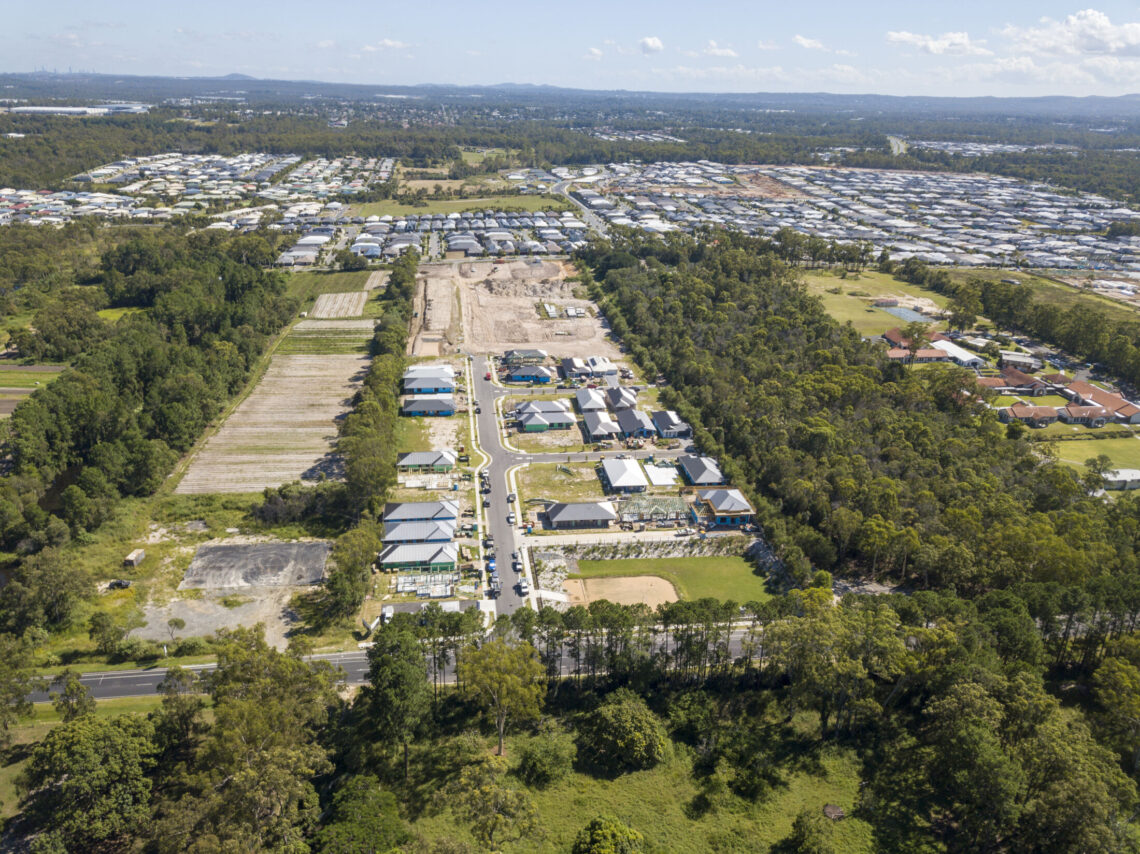 Following a period of declining house prices and sales throughout 2022 and the beginning of 2023, Westpac says the market has shown signs of stabilisation.
Following a period of declining house prices and sales throughout 2022 and the beginning of 2023, Westpac says the market has shown signs of stabilisation.
According to Westpac, during the period from April 2022 and January 2023, rapid rate rises led to the housing sector experiencing a 9.7 per cent decline in prices and a 30 per cent decline in turnover.
In February, prices were flat followed by a 0.8 per cent increase in March. April is on track for a similar gain, according to Westpac.
“While the detail shows gains are still lopsided – centred on Sydney where ‘upper tier’ markets are leading the way – and seasonal boosts are flattering the situation a little, all major capital city markets have now seen prices stabilise or post small rises over the last three months,’ Westpac said.
The big four banks added that other indicators, such as auction clearance rates and turnover, have also stabilised. Clearance rates are back near long run averages while turnover and housing finance approvals have halted their decline, though both are well below historical averages.
With further official rate rises in February and March, Westpac did not attribute the uptick to interest rates.
“These latest hikes follow an aggressive tightening in 2022. As such, it may be that some buyers are starting to position for the next cycle, anticipating an eventual easing in rates and resurgence in prices,” Westpac said.
“However, survey measures suggest most consumers are still bracing for further rate rises near term.
“Responses to our Westpac Consumer Sentiment survey question on mortgage interest rate expectations show that while views are shifting, few consumers see rate cuts as imminent: in April, only 8 per cent of consumers expect rates to be lower in a year’s time, while 75 per cent expect them to be higher, a little over half of this group expecting a rise of over 1ppt.”
Instead, the bank attributed the turnaround to an influx of migration, increased cost of new builds, and tight supply.
With a strong resurgence in net immigration over the last year and a strong correlation between population growth and increasing house prices, Westpac said the latest surge has contributed to a significant tightening in rental markets, though cautioned that its impact on higher housing prices is indirect.
Lower volumes and “thin” market conditions mean small shifts in demand can have a bigger than usual impact on prices. Combined with increased building costs, this is driving up house prices.
“Nationally, the purchase cost of a newly built dwellings rose 18 per cent in 2022,” Westpac said.
“With prices for existing dwellings declining, this has significantly shifted the relativity between existing and newly built houses. In effect, the ‘replacement cost’ of the non-land component of a dwelling has increased dramatically.”
With interest rates likely to remain elevated through the rest of 2023, the bank said affordability remains poor.
“Event with interest rate cuts next year, the affordability measures we track will still be comparable to the low point in the cycle in 2009-20,” Westpac said.
“Our preferred measure, which includes deposit and mortgage repayment requirements, shows the total cost of purchase for prospective first home buyers is up 12.5 per cent on a year ago, comparable to the rise we are seeing in rents.”
Source: Housing market to stabilise despite ‘significant headwinds’: Westpac, Keith Ford for Investor Daily
